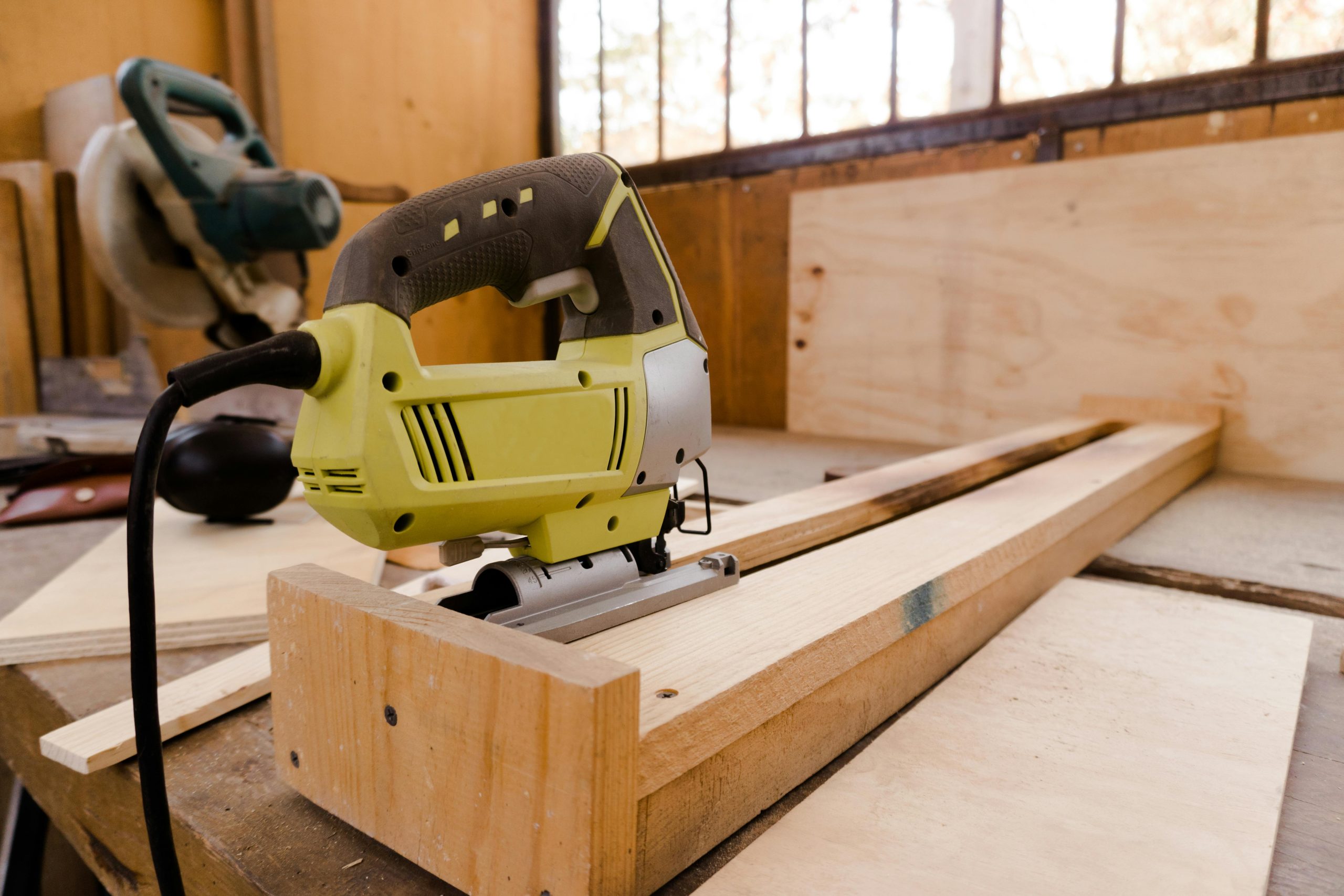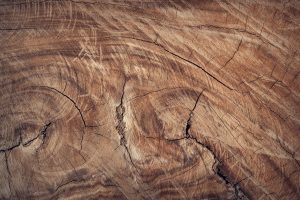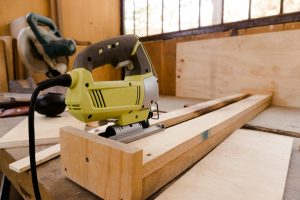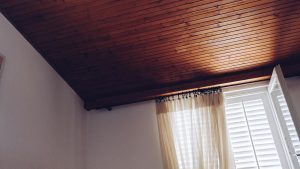What Does “Kiln-Dried” Mean Regarding Timber?
When you hear “kiln-dried” timber, you’re encountering one of the most important treatments that affect wood’s performance, stability, and longevity. In this detailed guide, you’ll learn what kiln drying involves, why it’s done, how it compares to air-drying, and what benefits it brings to construction, furniture-making, and more. Whether you’re a DIY hobbyist, a professional builder, or simply curious, this post will equip you with clear, actionable knowledge about kiln-dried wood.

Introduction
Raw (“green”) lumber is laden with water—sometimes well over 50% of its weight. Left untreated, that moisture leads to warping, cracking, fungal growth, and unpredictable dimensional changes as the wood acclimatizes to its environment. Kiln drying solves these issues by gently heating lumber in a controlled chamber (“kiln”) to reduce its moisture content to a precise target, typically 6–12%. The result is stable, durable, and ready-to-use timber that performs reliably in everything from interior trim to structural framing.
1. The Kiln-Drying Process
How a Kiln Works
- Loading the Kiln: Stacks of lumber are arranged on racks with spacers (“stickers”) to allow even air circulation.
- Controlled Heating: Steam coils or electric heaters raise the temperature to 50–80 °C (122–176 °F), depending on species and thickness.
- Humidity Management: Steam injectors or humidifiers maintain a specific relative humidity, preventing surface checking.
- Airflow Regulation: Fans circulate hot, moist air uniformly through the stack.
- Moisture Monitoring: Sensors track moisture in representative boards; the kiln cycles through drying, conditioning, and equalizing phases to reach and stabilize at the target MC.
Key Phases of Kiln Drying
- Initial Drying: Rapid removal of free water from lumens.
- Intermediate Drying: Slower extraction of bound water from cell walls.
- Conditioning/Equalizing: Brief high-humidity phase to relieve internal stresses and ensure uniform MC.
2. Why Kiln-Dry Timber?
Precision and Speed
- Targeted Moisture Content: Kilns can achieve specific MC levels (e.g., 8% for indoor framing) with ±1% accuracy.
- Faster Turnaround: Kiln drying takes days to weeks versus 6–24 months for air-drying.
Quality and Consistency
- Minimized Defects: Controlled conditions reduce checking, splits, and honeycombing.
- Sterilization Effect: High heat kills insects, larvae, and fungal spores—critical for high-grade furniture and musical instruments.

Improved Performance
- Dimensional Stability: Once kiln-dried, wood will swell or shrink minimally (±1–2% MC variation) with seasonal humidity changes.
- Enhanced Strength: Properly dried wood exhibits predictable mechanical properties for engineering and construction.
3. Kiln-Dried vs. Air-Dried Lumber
| Feature | Air-Dried | Kiln-Dried |
|---|---|---|
| Time Required | 6–24 months | Days–weeks |
| Moisture Control | Variable (15–20% MC) | Precise (6–12% MC) |
| Defect Rate | Higher (checking, warping) | Lower (controlled environment) |
| Sterilization | No (subject to pests & fungi) | Yes (high-temperature kill step) |
| Cost | Lower initial cost | Higher (kiln operating costs) |
Tip: For exterior decking, air-dried or minimally kiln-dried (12–15% MC) may suffice; for cabinetry or trim, kiln-drying to 6–8% is essential.
4. Applications and Best Practices
Choosing the Right MC for Your Project
- Interior Millwork & Furniture: 6–8% MC to match indoor EMC (equilibrium moisture content).
- Structural Framing: 8–12% MC for stable load-bearing members.
- Exterior Decking & Fencing: 12–15% MC to accommodate outdoor EMC fluctuations without excessive cracking.

Acclimatization Before Installation
Even kiln-dried lumber benefits from on-site acclimation. Stack your wood in the conditioned space for 48–72 hours before machining or installation so surface and core MC even out.
Storage and Handling
- Dry, Ventilated Storage: Protect kiln-dried lumber from rain or high humidity.
- Elevated Stacking: Use stickers and pallets to allow airflow under and between boards.
- Avoid Direct Sunlight: Prevent rapid moisture loss that can cause surface checks.
Conclusion
Kiln drying transforms raw, moisture-laden lumber into precision-dried timber that excels in stability, strength, and quality. Its controlled, accelerated process delivers consistent moisture contents tailored to specific applications—interior millwork, structural framing, or exterior decking—while minimizing defects and sterilizing the wood. By choosing the appropriate MC target, allowing proper acclimatization, and following best storage practices, you’ll ensure your kiln-dried timber performs exactly as intended, season after season.











Post Comment